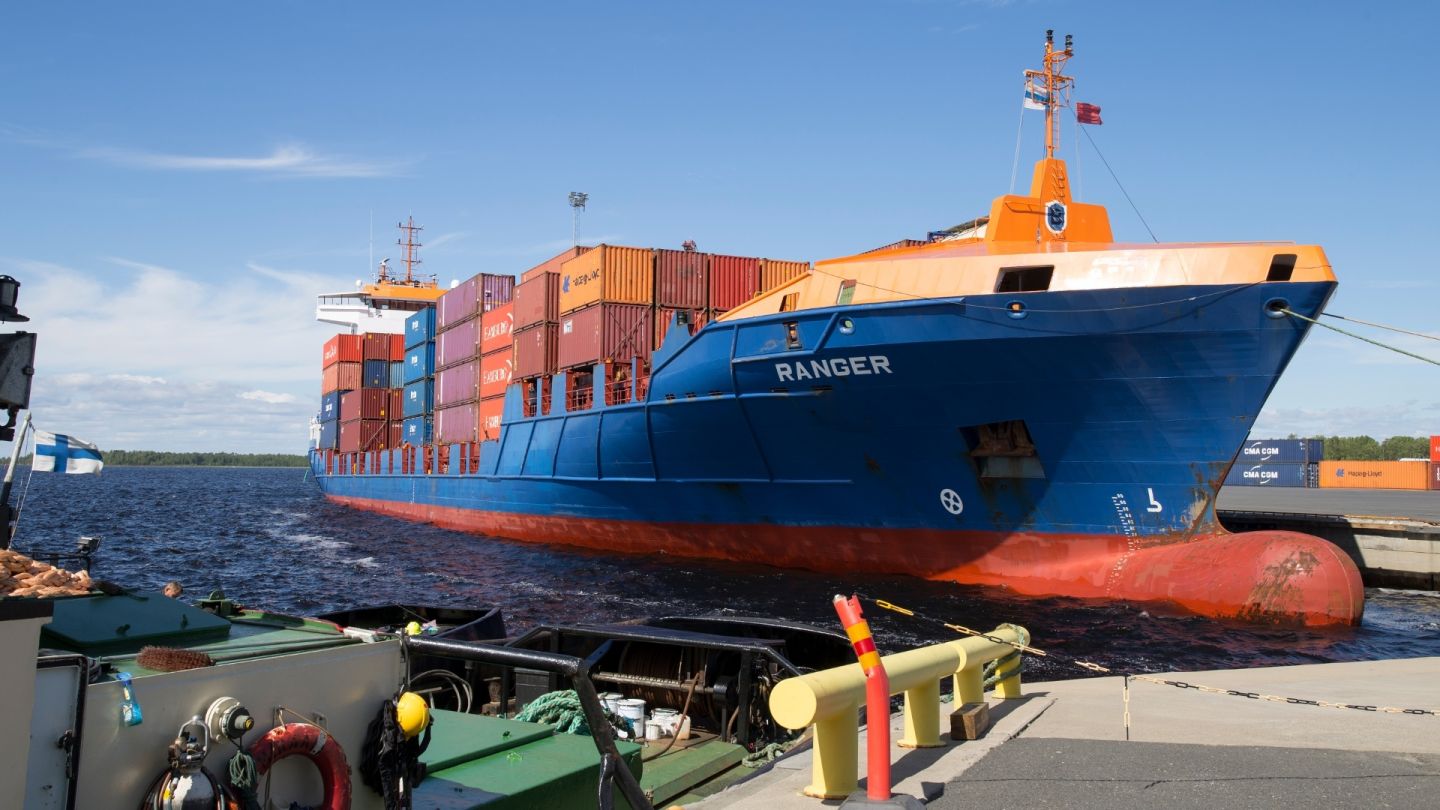Efficient Logistics: A Key to Lapland’s Competitiveness.
Lapland, the northernmost region in Finland, is among the most sparsely populated areas in Europe. This is a permanent logistical challenge for businesses in the north and makes efficient connections and logistics in Lapland to global markets a prerequisite for the 10,400 companies operating in the area. The annual turnover of businesses in Lapland amounts to approximately EUR 10 billion, but the region’s importance for Finnish industries is even higher. Arctic natural resources, particularly the mining and forestry sectors, start a value chain that employs hundreds of thousands of people in Finland.
The largest fields of business in Lapland are forestry, metal and mining industries and tourism. The value of Lapland’s exports is EUR 3.6 billion, which is seven per cent of the total exports of Finland. The share of industry in the exports of Lapland is 91 per cent. According to the Lapland business review report of 2017, turnover from all sectors apart from industry grew in 2016. Mining and tourism presented the largest growth.
Logistics hubs in growth centers
The most important logistics hubs in Lapland are the region’s largest centers:
Rovaniemi, Kemi-Tornio and Kemijärvi. Most of the heavy industry in Lapland is located in Kemi-Tornio, including the Outokumpu steel plant, Stora Enso paper plant, Metsä Botnia cellulose plant and Metsä Board cardboard plant. Tornio has become an important trade center. Rovaniemi, on the other hand, is the centre of administration and education in Lapland, and the primary transport hub for goods and passengers in northern Lapland. Finland’s largest and most modern terminal for rough wood is located in Kemijärvi.
The volume of traffic in Lapland is high. In addition to regular airline services, Lapland has non-stop flights to several destinations, which has enabled the growth of tourism in the region. As a sector, tourism is comparable to export industries in Lapland. In December 2016 alone, nearly 300,000 tourists and 500 charter flights landed on the airports of Lapland. Passenger numbers grew by 19.8 per cent from the previous year, which is reflected positively on the construction sector, among other sectors. Around 19 per cent of all tourists to Finland visit Lapland, and the continuous development of transport connections by air, railway and road is vital for the growing tourism sector.
The ports of Lapland offer maritime links to every corner of the world. Every year, 3 million tonnes of goods travel through the port of Tornio and 1.6 million tonnes through the port of Kemi. In 2016, Tornio was the eighth largest port in Finland in terms of imports and exports. The ports in the northern part of the Gulf of Bothnia are vital for the exports and imports of Arctic industries. They offer a fast route to the northern parts of Finland, Sweden and Norway, and to Murmansk, Russia. Deepening the port of Kemi would improve the competitiveness of the port immensely.
Railways are the backbone of industries in the North
The transport of goods and passengers by railway plays an important role in the development of Lapland. A total of 4.5 million gross tons of goods were transported between Rovaniemi and Kemi in 2016. The total number of journeys along the railway is 435,000 per year. The railway links from Kemi to Kolari and from Rovaniemi to Kemijärvi are crucial for both goods and passenger traffic.
At the moment, Lapland is subject to several major infrastructure development plans. The Northeast Passage is a new potential shipping passage between Europe and Asia, but Finland does not have efficient connections to ports in the Arctic Ocean. The Arctic railway would have a notable impact on the geography of Lapland; it would make Lapland an important commercial passage. The Arctic railway could promote further investments in wood processing and mining. It would also make the tourism services of Lapland more accessible and create prerequisites for new tourism services and business in the entire region. An expert analysis on the Arctic railway will be completed in February 2018.
You can also load briefing paper (pdf) which tells about the logistics of Lapland.
Published 9/2017



